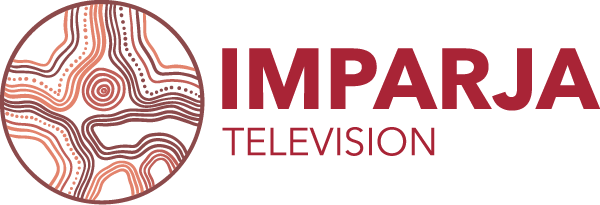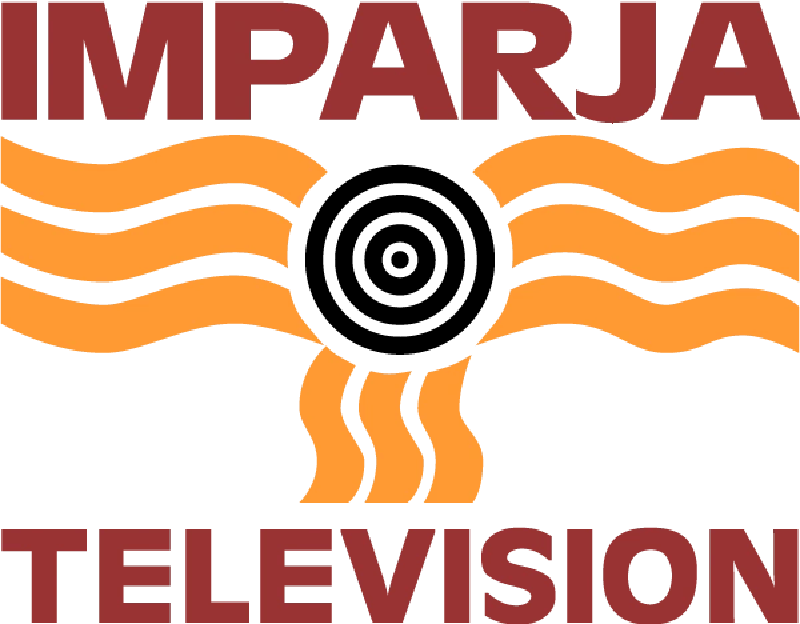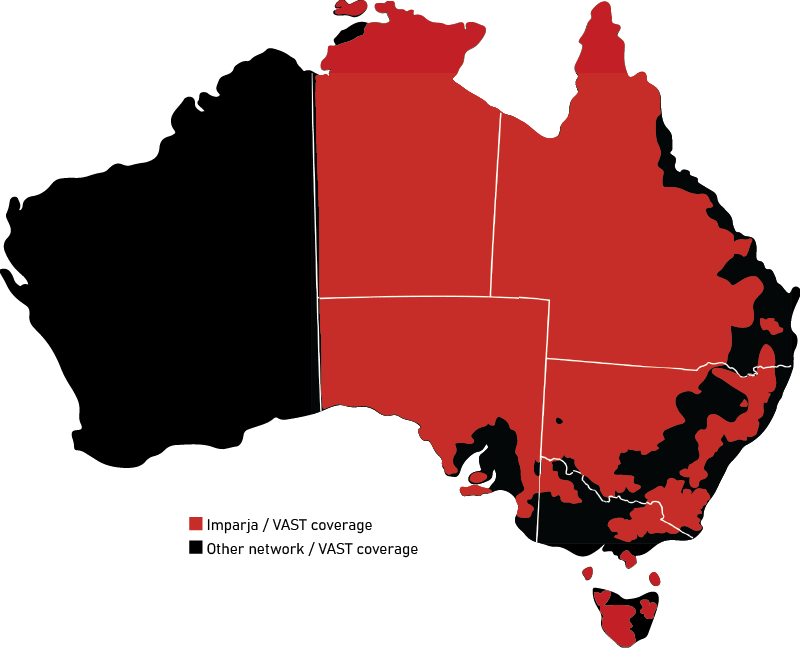About
Our history
Imparja was established in 1987 after the Central Australian Aboriginal Media Association (CAAMA) applied and won the Remote Commercial Television Service (RCTS) license for Central Australia.
Renovations for the studio and office complex began late 1987 in Wills House on Leichhardt Terrace. After all the television production and transmission equipment was installed, a total of 5 staff members moved in. Imparja started with 8 retransmission sites at Ceduna, Coober Pedy, Leigh Creek and Woomera in South Australia and Alice Springs, Tennant Creek, Katherine and Bathurst Island in the Northern Territory.
Imparja’s first test program was telecast on the 2nd of January 1988, bringing a delighted outback population the live broadcast of the Australia Vs Sri Lanka Test Cricket match. Regular transmissions began two weeks later, reaching a total audience of 62,000 people.
Our name


Our logo
Imparja’s broadcast area
Imparja’s broadcast area is now over 3.6 million square kilometres, spanning six states and territories – Northern Territory, South Australia, Tasmania, Queensland, New South Wales and Victoria with an estimated over one million resident viewers. Our service is also watched by approximately three million tourists who visit Outback Australia each year and 200,000 viewers in terrestrial black spots.
Imparja is a free-to-air television broadcaster. Its signal is sent out across the vast viewing area, broadcasting from 28 transmission towers as well as more than 20 remote towns who retransmit the signal on low-watt transmitters. Imparja also broadcasts direct to home by satellite to some 200 very remote indigenous communities and 75,000 homes within its license area. Imparja provides these services on the VAST platform which also provides digital infill for all black spots east of the W.A. border.
Imparja also provides satellite services for 14 Indigenous radio services, at no cost to these organisations.

